
Masseter botox is an aesthetic procedure in which the lower part of the face where the masseter muscle is located is thinned.
Masseter botox is aimed at treating deformities in the lower part of the face. The square face shape, which causes a masculine and rigid appearance on the face, is reduced and a more proportional face shape is obtained. An oversized masseter muscle can cause discomfort not only aesthetically but also physically. For this reason, this procedure is also applied in some cases to provide both shape and functional treatment.
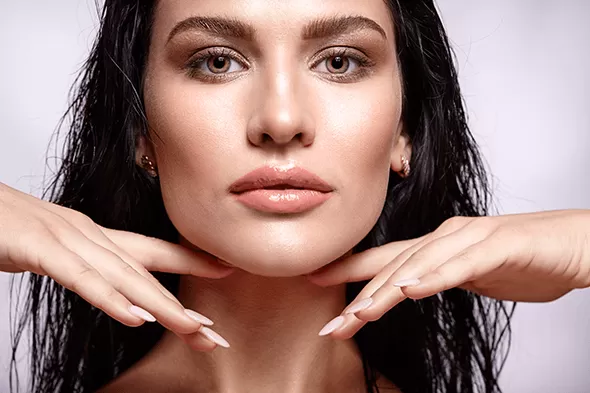
Botox chin reduction: An injection technique to reshape the face
The ideal chin shape differs greatly between men and women. While the square face shape in men provides a strong expression, the thin face shape in women provides a softer and more aesthetic appearance. Especially women with a round or square face type resort to masseter botox to have a softer and more attractive appearance.
There are various reasons why non-surgical botox treatment is preferred instead of chin reduction surgery with surgical techniques. These include concerns about surgery and anesthesia, not enough time for the healing process, etc. Botox provides a new option as a non-surgical technique for reshaping the face by thinning it. Masseter Botox offers the opportunity to change the shape of the face by thinning the chin without scalpel, painless, zero swelling and stitch marks.
With masseter reduction / V-line botox, the chin can be thinned and reduced. It is used to transform round and square face shapes into triangular, oval or heart shapes. In patients with an excessively thin and indistinct chin shape, a reverse effect can be created and the masseter muscle can be enlarged to give the chin a more prominent shape.
There is no risk of pain, soreness or bruising with masseter botox. Many patients come in for this procedure during their lunch break and can then go straight back to work. Patients can usually see the masseter muscle softening within 1 week and can fully see the new jaw shape after 6 weeks. Research shows that there are “long-lasting changes” in the jawline after 2-3 treatments. With masseter botox, much longer lasting, aesthetic and symmetrical results are achieved over time.
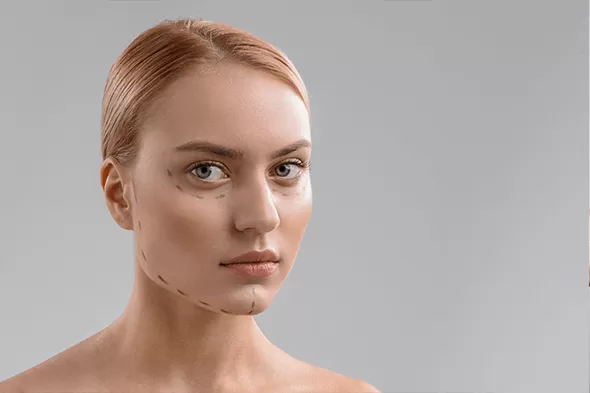
Some personal habits can have a direct effect on the enlargement of your jaw muscles (masseter). Excessive gum chewing, chewing hard substances such as ice or chewing hard meat can all lead to enlargement of the masseter muscle. Bruxism, or clenching your teeth at night due to stress, can also cause your jaw muscles to enlarge.
Frequently asked questions about masseter reduction / V-line botox
Botox chin reduction involves injecting botulinum toxin (aka botox) into the jaw muscles (called the masseter muscle) to reduce its size. In some ethnic groups, patients tend to develop overly square facial features. Botox can non-invasively reduce the overall size of the masseter muscle to improve facial proportions.
Chin reduction with masseter botox can provide a natural, subtle improvement in the area without any downtime or potential complications. Jaw reduction surgery can cause sensation issues, dentistry issues and the potential for pain throughout the TMJ area. Jaw reduction with Botox is actually one of the treatments for TMJ disorder.
Most patients do not need further treatment with Botox after the initial treatment. Patients who want more contour are advised to come in for repeat injections, typically every 6 months. Botox will change the physical mass of the blood and it will become less pronounced. Patients with active dental and skin infections should avoid Botox in the masseter area as well.
It is very important that a specialist physician injects Botox correctly. The operation must be planned individually.
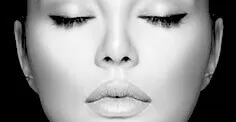
It is all possible with the technique called baby botox. Baby... Read more
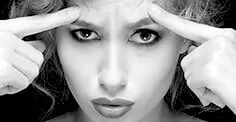
Botox, a purified bacterium. Read more
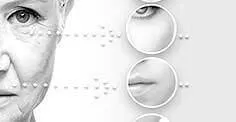
Preventative botox... Read more
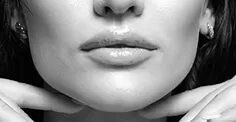
Masseter Botox is a procedure that removes the masseter muscle. Read more
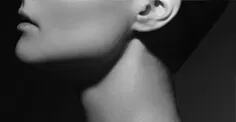
Long neck, prominent jawline, Egyptian... Read more

Brotox is a special botox treatment for men. And the last... Read more
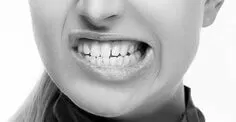
Teeth grinding, i.e. bruxism, awake or... Read more
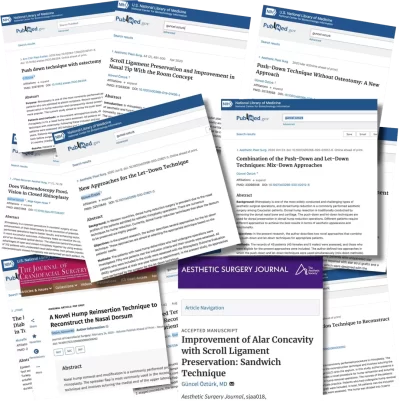



Copyright © 2026 Tüm Hakları Saklıdır.
SEO:
